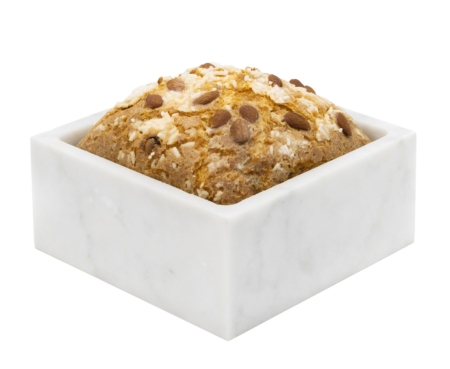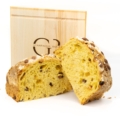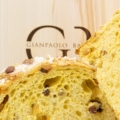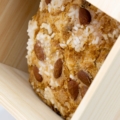Description
THE STORY OF OUR INGREDIENTS
Alpine genuine butter: High in the Italian Dolomites, a family farm crafts extraordinary butter. Each spring, their cows graze in alpine meadows, feasting on wildflowers and herbs. Women hand-churns the golden cream in the ancient wooden barrel.
The result is a vibrant yellow butter, softer than ordinary varieties, with subtle flavors of alpine herbs and wildflowers. Prized by local chefs, it enhances both savory dishes and sweet pastries.
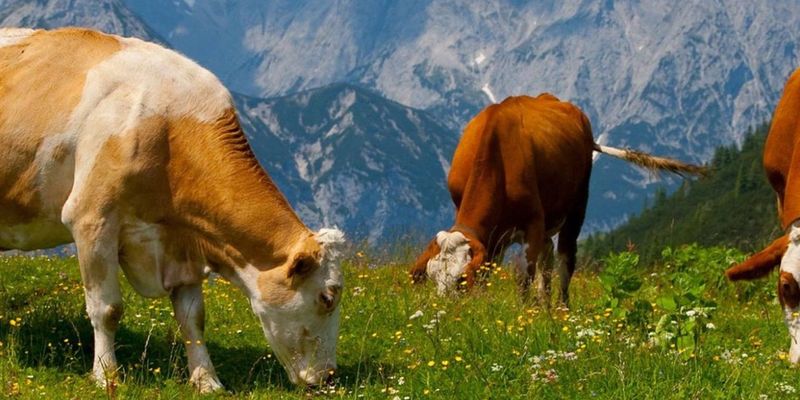
As autumn nears, the cows return to the valley. The last batches of summer butter are carefully stored, preserving the essence of the alpine season. Throughout winter, this golden treasure brings the taste of Dolomite summers to fortunate tables, connecting people to the timeless rhythms of mountain life.
The Manuka Honey: in New Zealand’s coastal forests, a remarkable honey was born. For centuries, the Maori people knew the Manuka plant’s healing properties, but it wasn’t until European settlers brought honeybees that Manuka honey emerged.
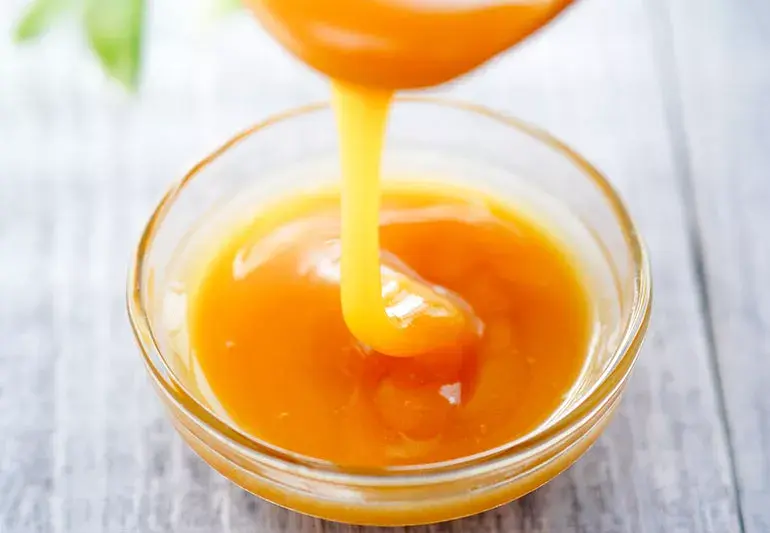
Initially overlooked, this dark, strong-flavored honey was considered inferior. Its true value remained hidden until the 1980s when Dr. Peter Molan discovered its unique antibacterial properties.
This revelation transformed Manuka honey into a prized commodity. Now renowned for its healing powers, it’s used to treat wounds, soothe sore throats, and boost health. Strict standards ensure its authenticity, with each jar carrying a potency rating.
From humble beginnings to global recognition, Manuka honey’s journey showcases nature’s hidden wonders. It proves that sometimes, the most powerful remedies come from unexpected sources.
The birch sap: in the forests of Northern Europe, spring brings a centuries-old tradition: the harvesting of birch sap. As winter fades, these trees awaken, their sap flowing with vital nutrients.
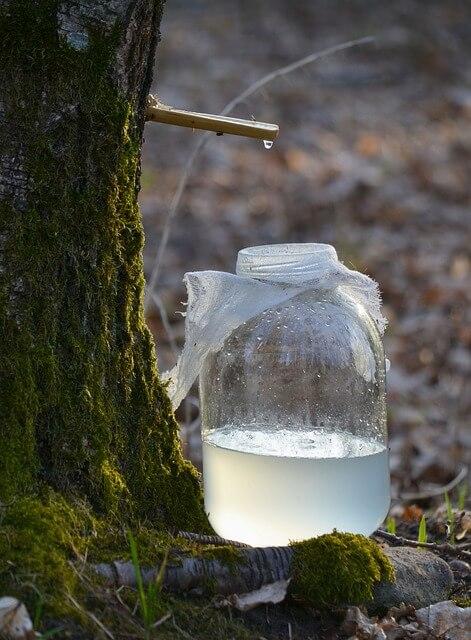
For generations, people have tapped birch trees, collecting the clear, slightly sweet liquid. Prized in Russia, Scandinavia, and the Baltics, birch sap was seen as a health tonic, rich in vitamins and minerals. Families would gather in the woods, carefully extracting this natural bounty.
In kitchens, birch sap found many uses. It was drunk fresh or fermented into a mild alcoholic beverage. Cooks reduced it to make a unique syrup, less sweet than maple, with hints of wintergreen. This syrup became a versatile ingredient, used to glaze meats, flavor desserts, and enhance sauces.
Today, birch sap is experiencing a culinary renaissance. Chefs appreciate its subtle flavor in both sweet and savory dishes. Health-conscious consumers seek it out for its natural nutrients. From ancient folk remedy to modern ingredient, birch sap continues to connect us to nature’s rhythms and centuries of tradition.

